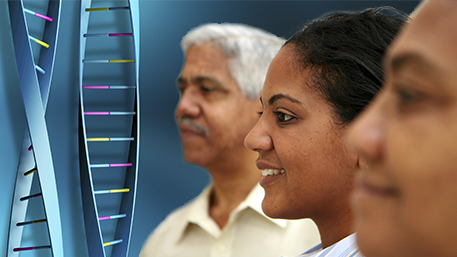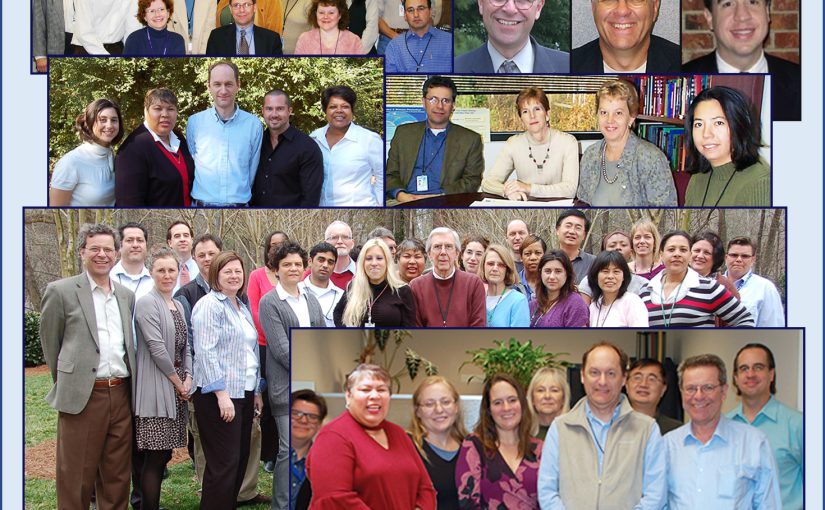Category:
Increasing Use and Impact of Family Health History in Medically Underserved Populations: Work in Progress

Despite years of public health efforts, family health history remains underutilized in clinical care, especially among people who are medically underserved. To address these issues, CDC’s Office of Genomics and Precision Public Health hosted a webinar on November 14, 2022, in conjunction with National Family Health History Day (Thanksgiving). The speakers called for better informed, Read More >
Posted on byPreventing Disease and Protecting Health Among Individuals at Increased Genetic Risk: A Lifespan Perspective and an Emerging Public Health Challenge

Since the completion of the Human Genome Project, major advances have occurred in the translation of human genome discoveries into clinical practice and disease prevention. As almost all human diseases are due to complex gene-environment interactions, the applications of human genomics should be pertinent to the prevention and control of many diseases, including rare and Read More >
Posted on byThe Use of Cell-free DNA in Clinical Practice: Work in Progress

A recent review outlines the use of circulating tumor DNA (ctDNA) in clinical practice and the requirements necessary to extend the use of this technology for health impact. Cell-free DNA (cfDNA) is extracellular strands of DNA present in body fluids. Circulating tumor DNA (ctDNA) is a specific type of cfDNA that originates from a primary tumor, circulating Read More >
Posted on byPublic Health Genomics at the Centers for Disease Control and Prevention: Happy 25th Anniversary!

In 1997, in response to the Human Genome Project, the CDC formed the Office of Genetics and Disease Prevention, now called the Office of Genomics and Precision Public Health (OGPPH). This was the beginning of the public health genomics movement in the United States and around the world. Our office continues to serve CDC programs, Read More >
Posted on by 1 Comment

